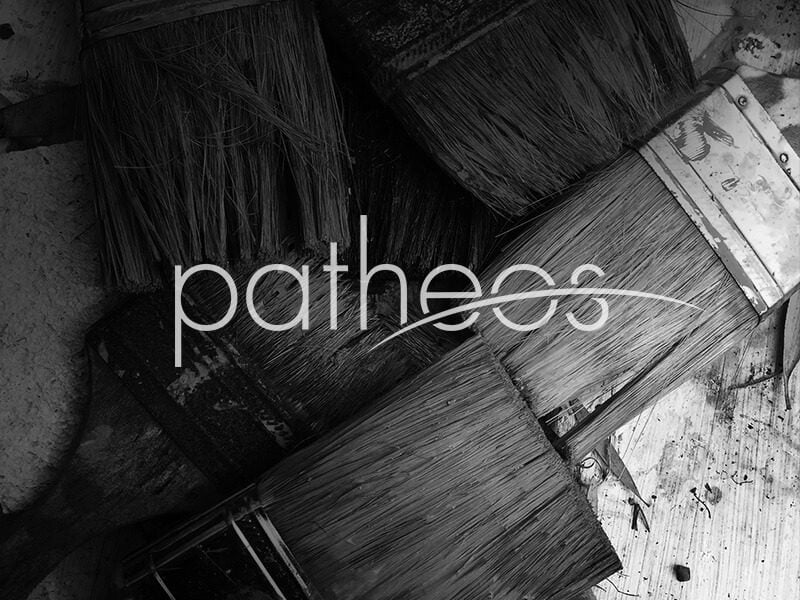One of the most famous stories of the Old Testament includes the account of David killing the Philistine Goliath. This event serves as an important segue to Lesson 23 in the Sunday School curriculum for the Old Testament. This lesson covers the origins of the Davidic monarchy and king Saul’s fall from divine favor. From a literary perspective, David’s victory over Goliath served an important political purpose in terms of the book of Samuel.

The material from 1 Samuel 8 through 2 Samuel 8 forms a distinct literary unit with a goal to delegitimize Saul as king and to legitimize David as his political successor. In this effort, the text points towards David’s filial relationship with Saul as the king’s son-in-law. Yet, Samuel intentionally depicts Saul and David as antithetical figures.
Twice a portrayal appears depicting Saul as taller “than any of the people” (9:2; 10:23). David, in contrast, is twice referred to as ha-katan (16:11; 17:14). Though the plain meaning of the Hebrew description is “the youngest,” the term also means “the smallest/shortest.” Hence, if anyone should have gone out to face the tall Philistine, Goliath, it should have clearly been Saul, the “tallest” man in Israel, not David, the “smallest/shortest.” David’s wiliness to go forward and face this giant of a man demonstrates his faith in the Lord and his worthiness to lead Israel.
With this political agenda, Samuel’s use of the traditional Old Testament symbol of clothing appears as an important motif. In the account of David and Saul, the book of Samuel relies upon the fact that clothing served a highly symbolic role in ancient Israel. One of the first references to clothing in the Old Testament provides an illustration of its figurative meaning.
In preparation for Adam and Eve’s expulsion from the Garden of Eden, “the Lord God [made] coats of skins, and clothed them” (Gen. 1:21). These garments functioned as both a tangible covering protecting Adam and Eve from the difficulties of mortality and as a physical reminder of their relationship with the Lord. In the Old Testament, clothing was used to represent a close bond between individuals.
The Book of Mormon relies upon similar imagery. In his great Book of Mormon psalm, Nephi employed the ancient symbolic value of clothing to express his relationship with the Lord: “O Lord, wilt thou encircle me around in the robe of thy righteousness” (2 Nephi 4:33). Later, Nephi’s brother Jacob incorporated this same motif as an allusion to the unity between God and his faithful followers at the judgment day:
“Wherefore, we shall have a perfect knowledge of all our guilt, and our uncleanness, and our nakedness [but] the righteous shall have a perfect knowledge of their enjoyment, and their righteousness, being clothed with purity, yea even with the robe of righteousness” (2 Nephi 9:14)
In the book of Samuel, David and Jonathan symbolize their covenant relationship through an exchange of clothing:
“Then Jonathan and David made a covenant, because he loved him as his own soul. And Jonathan stripped himself of the robe that was upon him, and gave it to David and his garments, even to his sword, and to his bow, and to his girdle” (18:2-3).
Through this process, Jonathan, in essence, transforms David into himself, the rightful heir of Saul. Later in the book of Samuel, Jonathan makes this transformation complete: “Thou shalt be king over Israel (23:17).
To the extent that God provides his chosen people with sacred attire, a connection can be made between this ritual performance and the symbolic use of clothing in this interesting Old Testament segment.











